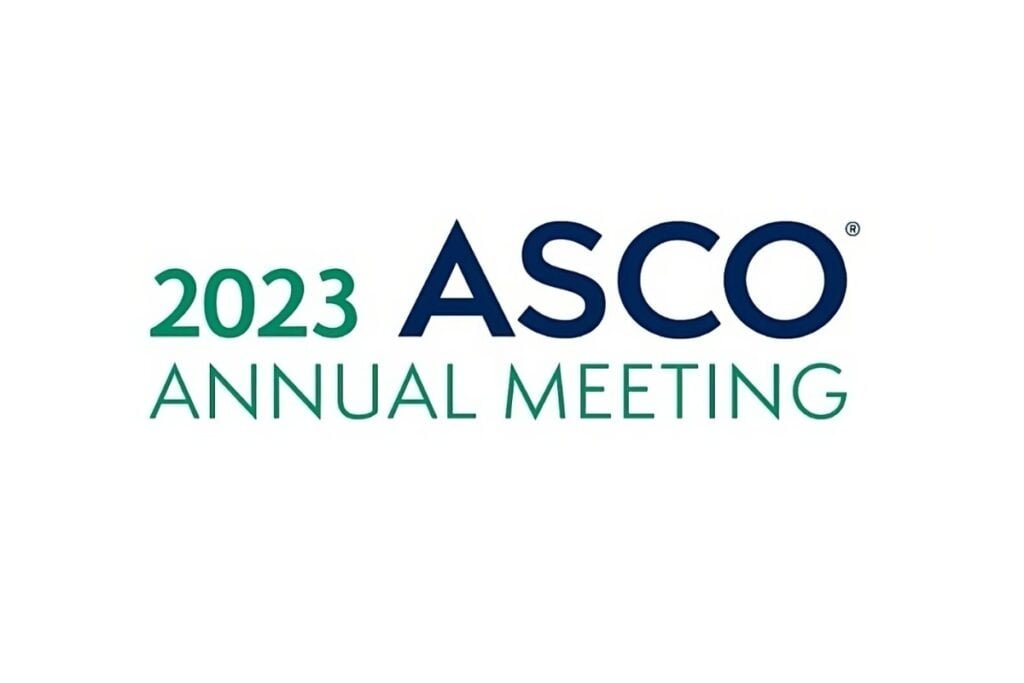ABSTRACT NUMBER – 8006
Linvoseltamab, an investigational bispecific antibody known as BCMAxCD3, shows promising potential in connecting B-cell maturation antigen (BCMA) on multiple myeloma cells with CD3-expressing T cells. This connection aims to activate T cells and enhance their ability to eliminate cancer cells.
Recent findings from a pivotal Phase II study presented at ASCO 2023 involved 221 patients who received either a 50 mg or 200 mg dose of linvoseltamab. A step-up dosing approach was implemented during the initial two weeks to manage potential side effects.
At the recommended 200 mg dose, an objective response rate (ORR) of 71% was observed, with a median follow-up duration of 5.6 months. Previous data suggests that responses have the potential to strengthen over time.
In the 200 mg treatment group, a subset of patients had extramedullary plasmacytomas and high-risk cytogenetics. Most patients had been heavily treated, with a median of 5 previous lines of therapy and exposure to multiple classes of treatments. Notably, a significant proportion were refractory to triple-class therapies.
The response durability at 6 months was high, with an 83.6% probability of maintaining a response. Minimal residual disease (MRD) data indicated a lower presence of residual disease in patients achieving complete response (CR) or stringent CR.
The ORR remained consistent across different subgroups, including those at high risk. The 200 mg dose consistently showed a higher ORR within each subgroup. Even elderly patients and those with high cytogenetic risk achieved favorable response rates with linvoseltamab.
Patients in the 50 mg arm had the option to escalate their dose to 200 mg if they experienced disease progression within a specific timeframe. Most patients who escalated their dose achieved a very good partial response (VGPR).
In terms of safety, hematologic adverse events were common, with neutropenia, anemia, and thrombocytopenia being the most frequent Grade 3/4 events. Immune effector cell-associated neurotoxicity syndrome (ICANS) occurred in a small percentage of patients, primarily during the step-up dosing phase. Treatment-emergent adverse events (TEAEs) led to treatment discontinuation in some patients, but TEAEs leading to death were not considered related to linvoseltamab.
Overall, these findings demonstrate the potential of linvoseltamab in treating multiple myeloma, particularly at the recommended 200 mg dose, by achieving high response rates and manageable side effects. Further evaluation and longer follow-up are needed to assess the durability of responses and long-term safety profile.





























